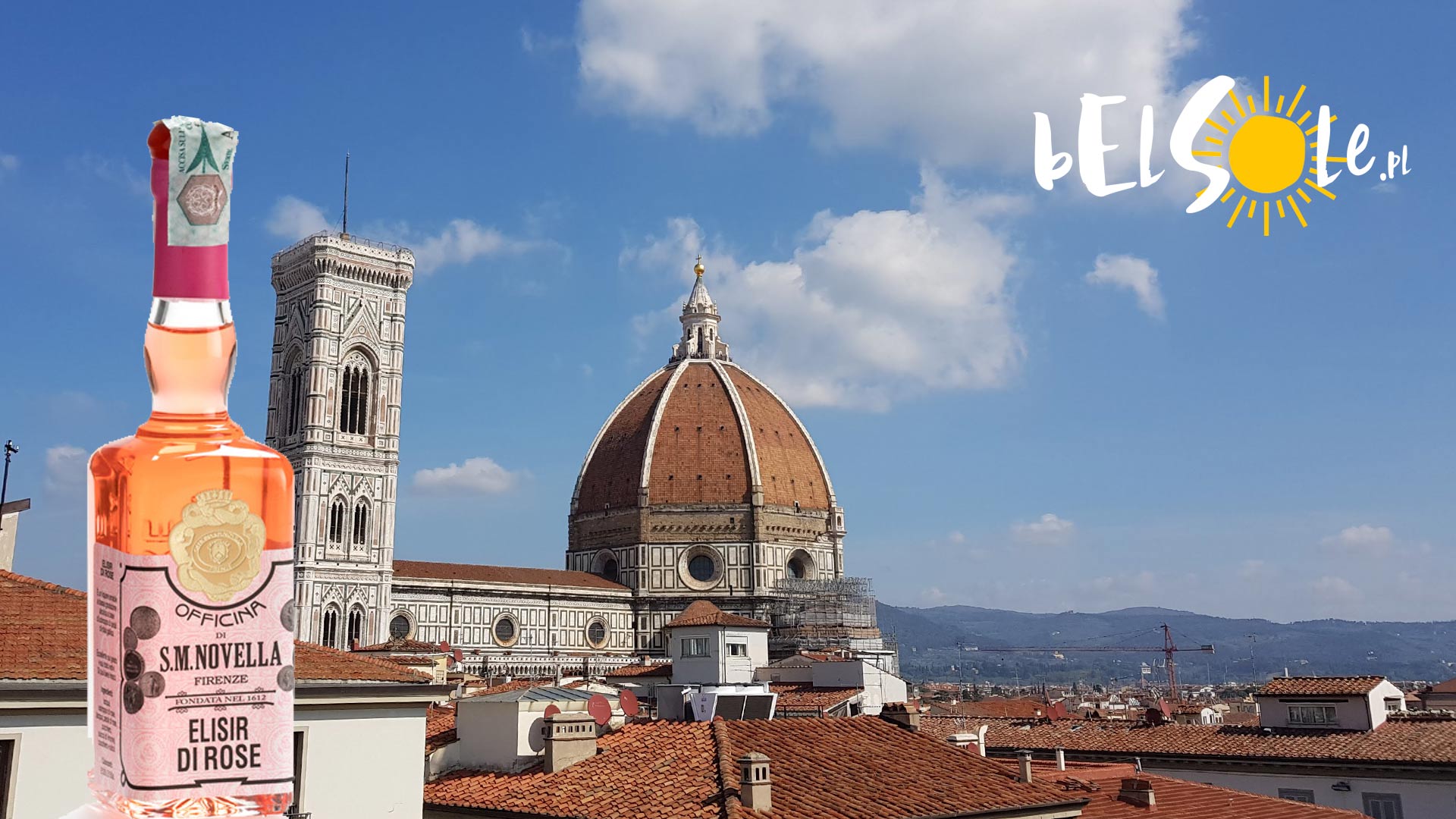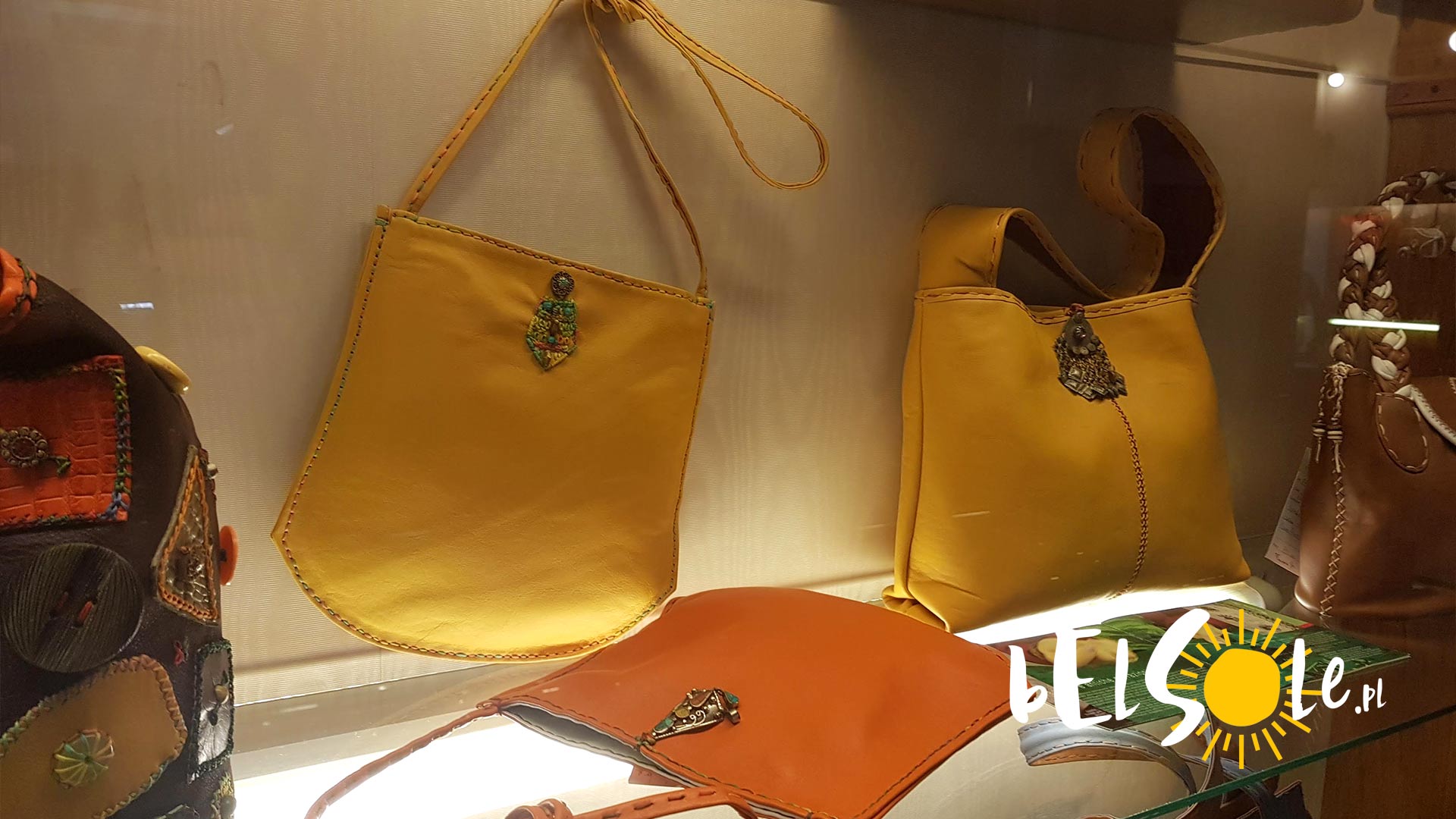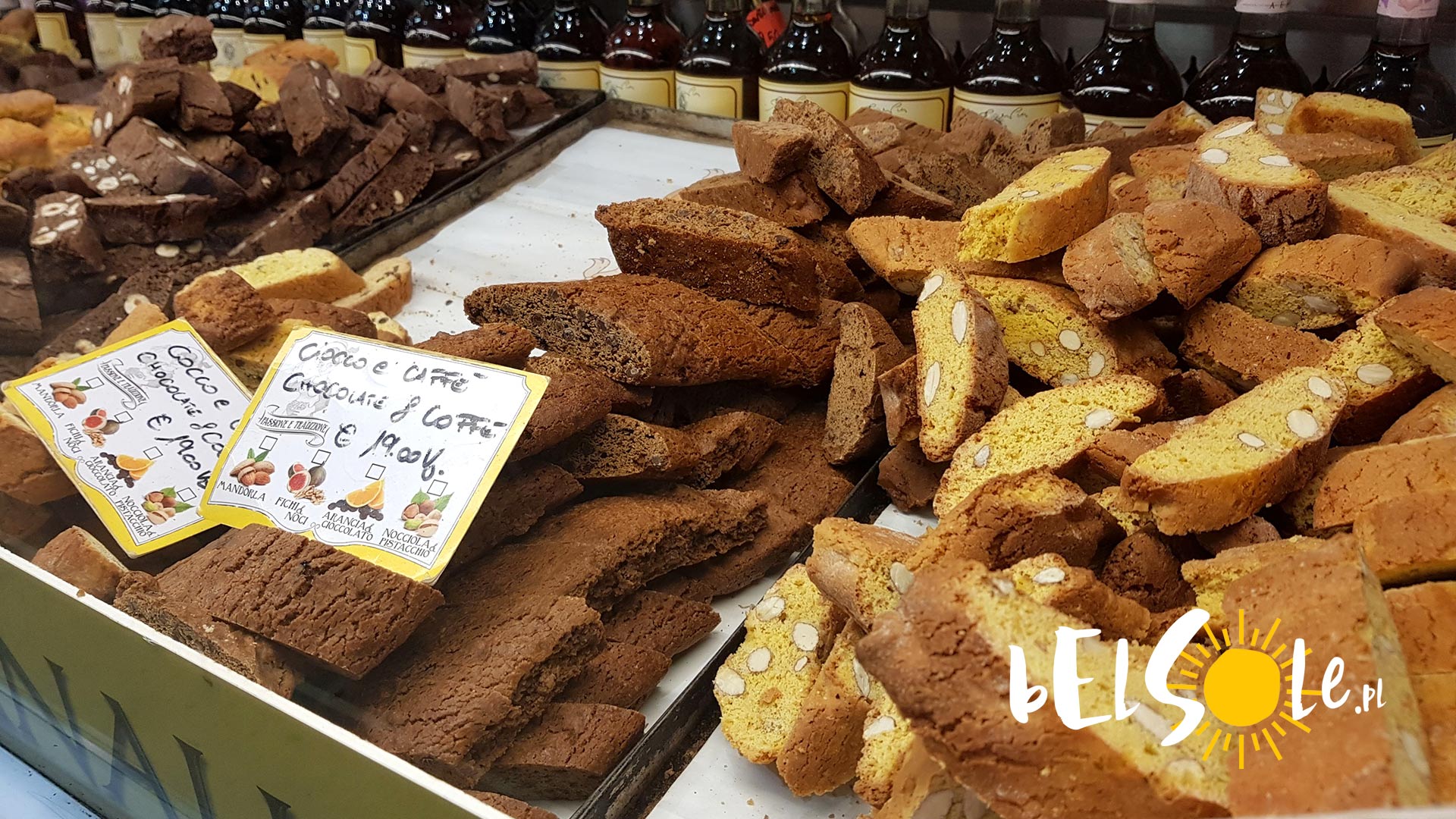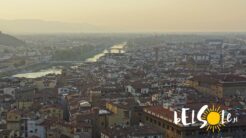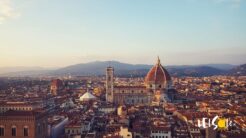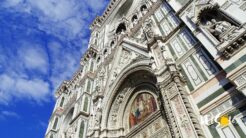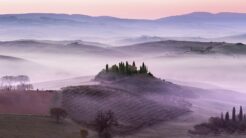Florence and Tuscany are some of the most beautiful parts of Italy. If you’re planning on visiting them, then you might want to know what you could possibly bring back with you, be it as a gift or a souvenir to remember the trip by. What should you buy in Florence? Let’s have a look!
You can also check out our shopping lists for Rome and Catania!
Truffles
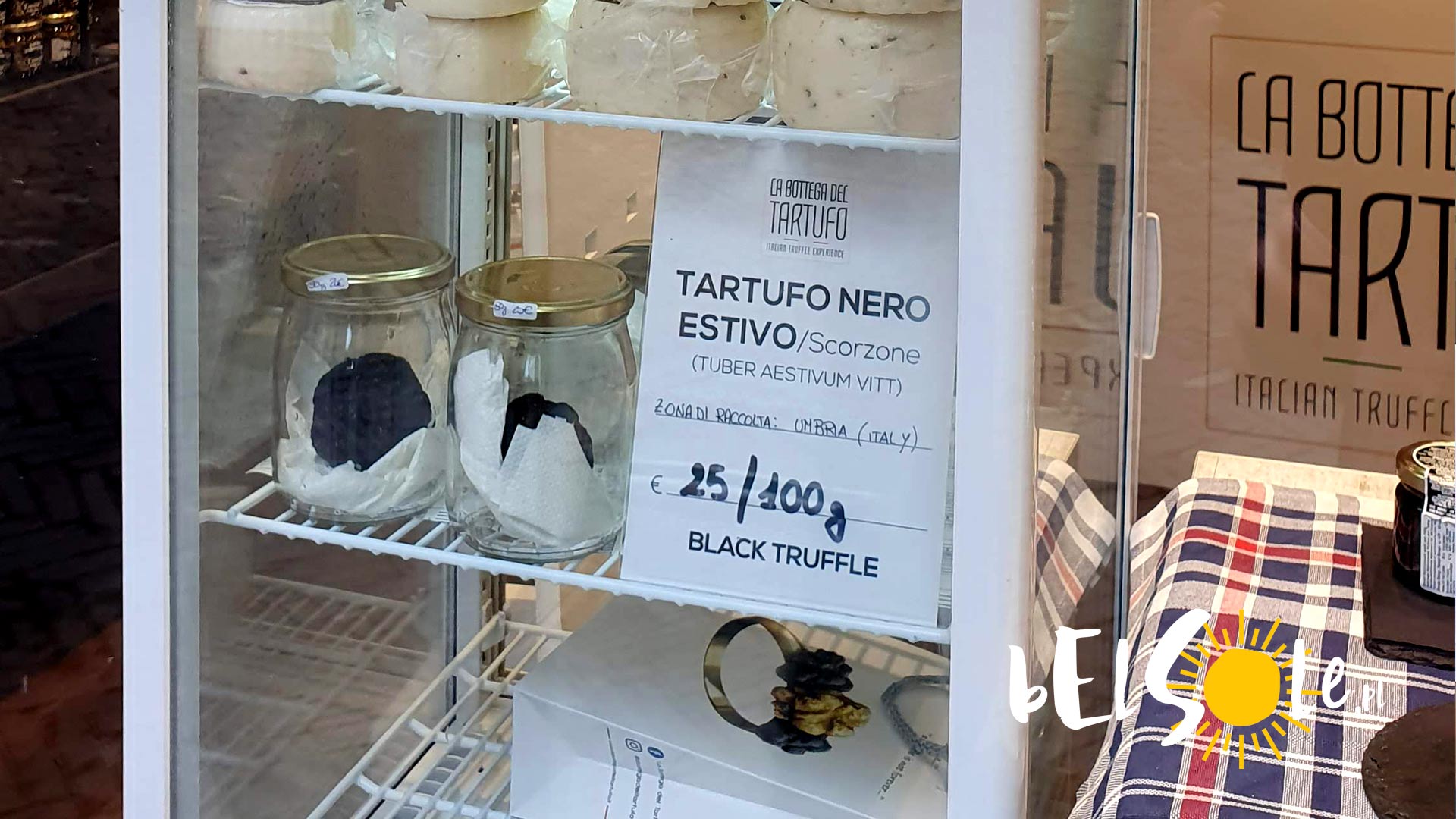
Tuscany, the region housing Florence, is a place famous for its truffles. Many travel agencies organising tours across Italy point to truffles as one of the sights to look out for in Tuscany. What even are truffles, you ask? They’re some of the most prized and expensive subterranean fungus. White truffles are the most desirable and most valuable on the market, though you also have many other types growing in Italy.
We have to warn you, though, that if you want to go in search yourself, it may end up a costly endeavour, as truffles can sell for hundreds of euros per kilo. You may also find various truffle-based products in Tuscany.
Olive oil
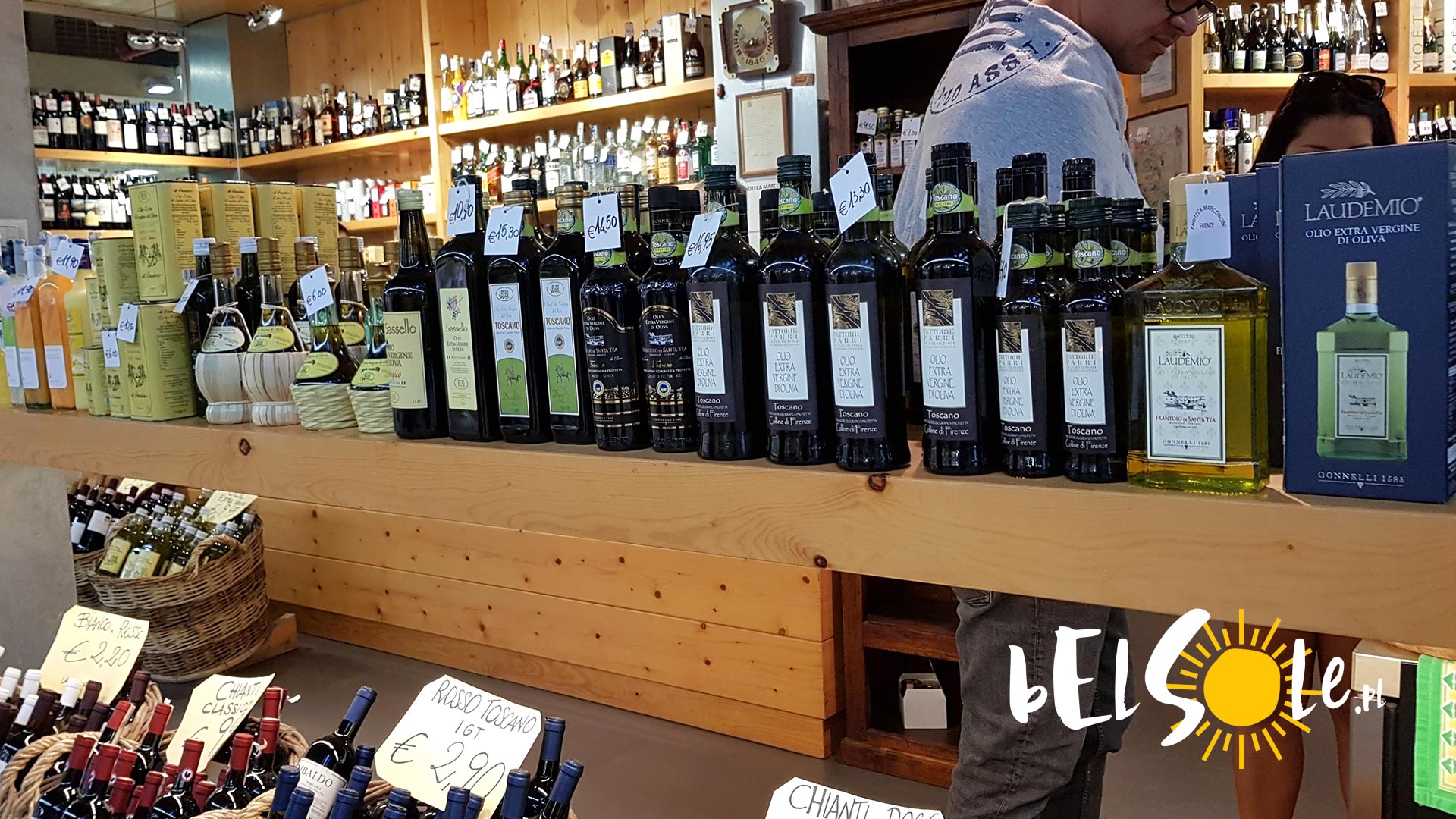
Olive oil is one of the hallmarks of Italy, as Italian olive oil is famous world-wide as one of the best. And Tuscany’s olive oil is one of the most popular thereof. Though you won’t be able to pack that many bottles if you’ve travelled by plane, we still recommend taking one or two with you, even just as a souvenir. You can buy them in practically every shop.
If you’ve somehow got here by car, though, then you can go ham and properly stock up.
Tuscan Cheese
What can you find in markets in Florence? Certainly plenty of cheeses, including Baccellone, Pecorino delle Balze Volterrane, Pecorino della Garfagnana and Pecorino di Montagna. The area around Florence, like Siena or Accasciato, also produces cheeses such as Pecorino Senese. The most famous cheese from the Tuscany and Florence area is, of course, the semi-hard sheep’s milk cheese – Pecorino Toscano DOP. It’s lovely no matter how you slice it, be it for a cheese board or for pasta.
Florentine Paper
If you’re a fan of unusual patterns and aesthetics, then you may also be interested in the decorative Florentine paper widely available in the city. You’ll find various paper works from local artists in souvenir shops. You can buy sheets of decorated paper, small gift boxes and notebooks. Though these tend to be everywhere, they’re actually popular enough to warrant a ‘tourist tax’, so the further off the beaten track, the cheaper they’ll be.
Elisir di rose
Elisir di rose is a rose-based liqueur typically sold in the heart of Florence, at Officina Profumo-Farmaceutica di Santa Maria Novella Firenze 1612. It’s lovely on its own or as an addition to salads or anything else, really. You can also find 100ml bottles which you can still fit in your hand luggage, though there are also 500ml variants.
Gold and jewellery
Anyone who has strolled along the famous Ponte Vecchio at least once will have certainly noticed the gold-mine of Florence. The local jewellers offer 18K gold here – you can find necklaces, rings, pendants and anything else you could possibly envision that would look good in gold. The jewellers on the Ponte Vecchio are mostly local craftsmen, so you’re also supporting genuine artists. The jewellery tradition on the bridge dates back to the 12th century. It’s one hell of a place to look for a wedding ring.
Ceramics
Though ceramics tend to be associated with the south of Italy, you can also totally get a ceramic souvenir in Florence. The village of Montelupo near Florence is well known for its pottery, with the local tradition dating back to the Middle Ages. You can find platters, pots, jars, plates, cups, etc. As for prices, these vary a lot too – you can find little budget souvenirs for €10 and the larger fancy handicrafts for €300. One of the most famous ceramic shops is Le Mie Ceramiche.
Leather goods
What else can you find in Tuscany? Well, Florence is also known for its fashion and leather goods. The most popular leather goods in Florence are belts, coats, gloves (we especially recommend the Madova gloves), handbags, shoes and wallets. If you’re interested, then shops such as Bemporad in Via Calzaiuoli or Pierotucci in Via Lungo l’Ema, 17, are worth a visit. Naturally, you can find the more typical boutiques, like Prada or Emporio, though these are just two local leather shops.
Chianti
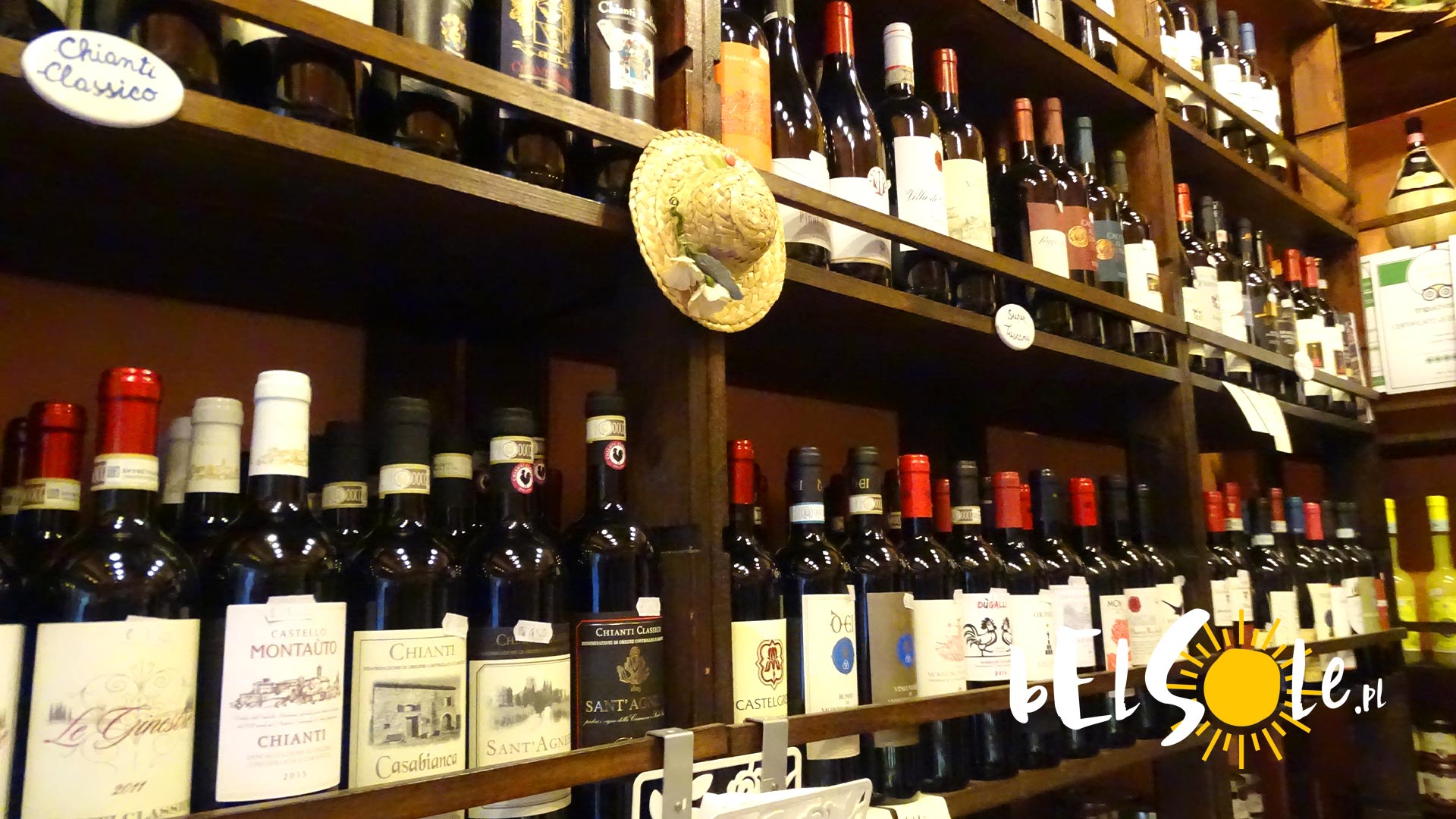
There’s no wine more ‘Florentine’ (and Italian, frankly) than Chianti. The history of the wine dates back to somewhere around the 13-14th century, with three small townships forming the League of Chianti around 1250. Interestingly, it was likely originally a white wine and evolved into today’s red-ruby coloured Chianti. Though most Chianti bottles are sold in the ordinary ‘wine-bottle’ shape, they were traditionally sold as chunkier bottles in traditional ‘fiasco’ baskets.
If you want to buy good Chianti, look for Chianti Classico, preferably Castello di Ama 2017 or Felsina 2017 Berardenga.
Cantuccini (biscotti)
These delicious Italian cookies are another hallmark of the country. Biscotti are dry, crunchy biscuits with added almonds. They’re a wonderful addition to wine or coffee. You can buy biscotti by the kilo or in ready packages in pretty much any major shop in Italy. There are also other flavours, like pistachios, chocolate or hazelnuts.
Biscottis were actually a staple for Roman legionnaires, as they would last very, very long periods due to their dryness. They can unironically last six months in a jar.
Summary
If you’d like to save some memories in souvenirs, we highly recommend visiting the local Tuscan markets (especially the Mercato Centrale Firenze), it’s also a great taste of the local atmosphere. We usually bring truffle olive oil and chianti with us, in our checked luggage. You can safely pack stationery and biscotti in your hand luggage.
See also:





